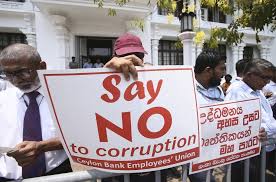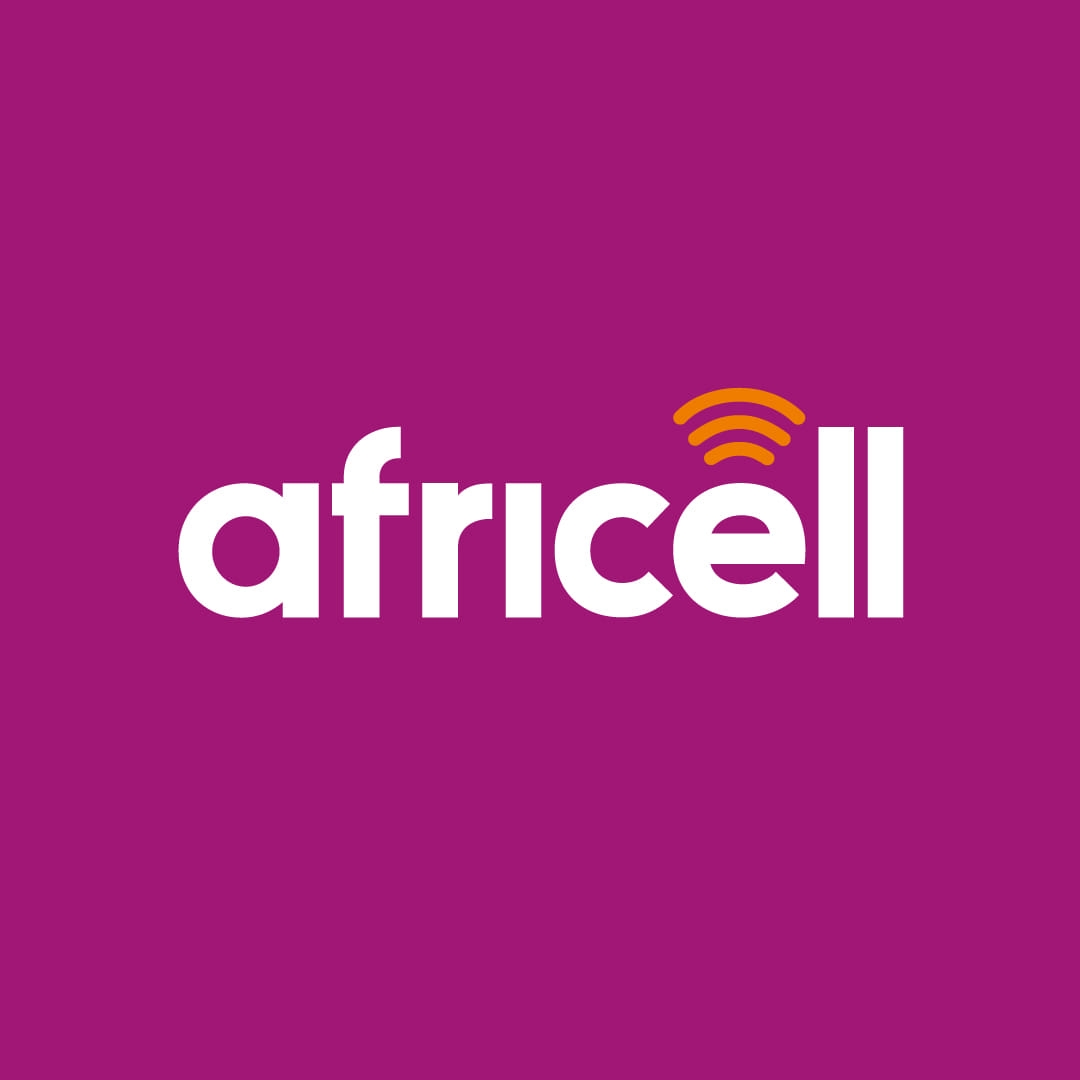By Matthew Stephenson
Thursday’s guest post is from Nishan de Mel and Inoshini Perera of Verite Research and Nikhil Wilmink of the Open Society Foundations.
In 2022, Sri Lanka experienced the most severe economic crisis of its post-independence history. Foreign reserves were emptied as the currency depreciated by over 80% and essential imports such as fuel and medicine were curtailed. Sri Lanka was forced to default on its external debt of over USD 40 billion. In desperation, the government went to the International Monetary Fund (IMF) for assistance—the seventeenth time Sri Lanka has done so since 1965. The IMF’s rescue program, which prioritized price stabilization above all else, inflicted substantial hardship, as interest rates spiked, poverty doubled to around 30%, and the previous eight years of GDP growth were wiped out.
The crisis triggered an awakening among the Sri Lankan people about the consequences of corrupt governance. Protests proliferated and grew into an avalanche known as the Aragalaya (mass uprising), the largest democratic protest in Sri Lanka’s history. Protestors viewed Sri Lanka’s economic collapse as rooted in corruption, impunity, and the abuse of political power. The protests ultimately forced then-President Gotabaya Rajapaksa to resign and flee the country.
Given that concerns about corruption and misgovernance were so central to the discussion of Sri Lanka’s economic crisis, in early 2023 the IMF reached an agreement with the Sri Lankan government to conduct a “Governance Diagnostic Assessment” (GDA) – the first one in Asia. Civil society in Sri Lanka was not overly impressed, however. Sri Lankan civil society organizations (CSOs) were concerned that IMF consultations with civil society would be largely performative. CSOs were also concerned that there would not be sufficient accountability for implementation of the anticorruption measures that the IMF designed with the government. Leading think tanks and CSOs in Sri Lanka came together to form the Civil Society Initiative on Anti-Corruption Reform for Economic Recovery (CSI-group). The CSI-group initially requested that the IMF transcribe and publish its consultations with CSOs, but the IMF would not agree to this. Therefore, the CSI-group took an independent path by bringing hundreds of other CSOs together into a process for producing a “Civil Society Governance Diagnostic Report”. This was the first time any country’s civil society sector had ever drafted a governance report to guide the IMF’s GDA. That GDA, produced after the civil society diagnostic, was an excellent document that aligned closely with what had been produced by the CSOs. Sri Lankan CSOs also created of an independent IMF Tracker to monitor the government’s implementation of its IMF program commitments and to provide more transparency about the significant failures to comply with commitments on governance and anticorruption, even when these were not highlighted in the IMF’s reviews.
Recognizing the core governance weaknesses needed a multi-pronged approach. The Sri Lankan think tank Verité Research decided to involve bondholders as well. In June 2024, Verité Research proposed a new debt instrument: a “Governance-Linked Bond” (GLB), designed to reduce reducing the risk of repeated defaults in countries with poor governance. Through the GLB, creditors agree to reduce the borrowing country’s coupon payments if that country takes certain governance-improving actions—actions that benefit the creditors as well by reducing the risk of default. Thus, GLBs make the adoption of these governance improvements a win-win for both debtor countries and creditors. The GLB proposal was adopted by private creditors in Sri Lanka’s debt restructuring in December 2024. The final GLB issue made up about 13.5 percent of Sri Lanka’s new restructured debt (USD 1.44 billion) with a coupon reduction of 75 basis points, from 2028-2035 if three key performance indicators (KPIs) are met: (1) a target revenue-to-GDP ratio; (2) the publication of a fiscal strategy that complies with the new public finance management act that Sri Lanka adopted in August 2024; and (3) compliance with the information disclosure covenant in the restructured bond contracts. Notably, these KPIs were drawn from a set of sensible set of compliance actions related to the existing laws of the country, its macroeconomic targets, and stipulations on the bond contract; there was no need to link them to the IMF’s GDA.
In sum, CSOs’ engagement in Sri Lanka resulted in a number of meaningful improvements, including the IMF’s adoption of a much-improved GDA and the innovation of the GLB, a new global instrument to improve governance. With Kenya now undertaking a similar process, some key lessons from Sri Lanka include: being able to take advantage of windows of opportunity and momentum swings (such as the momentum from popular protests around corruption and the IMF program in Sri Lanka); and building diverse coalitions able to take a systemic approach (Sri Lanka’s significant achievements have come from partnerships with unusual partners including bondholders).













